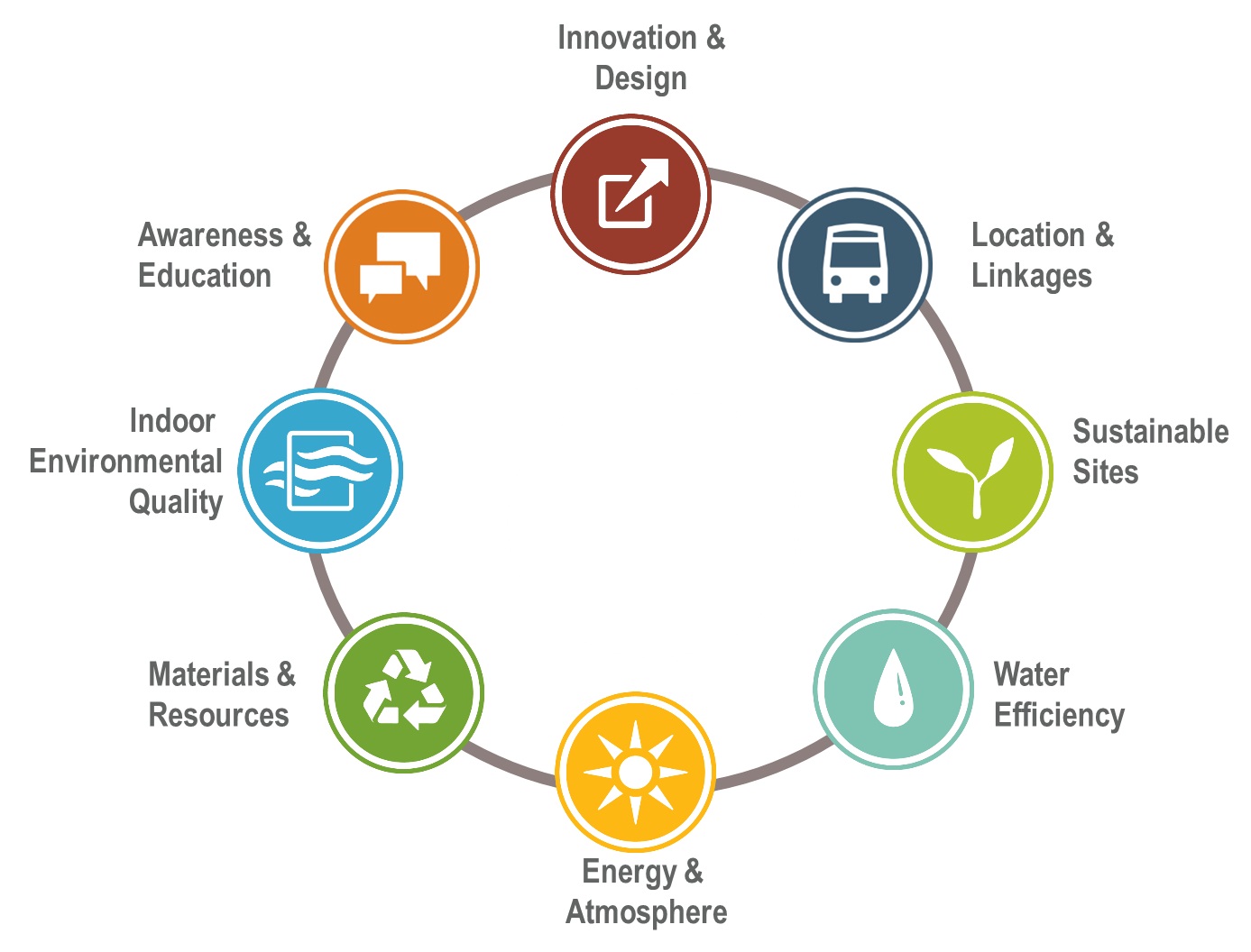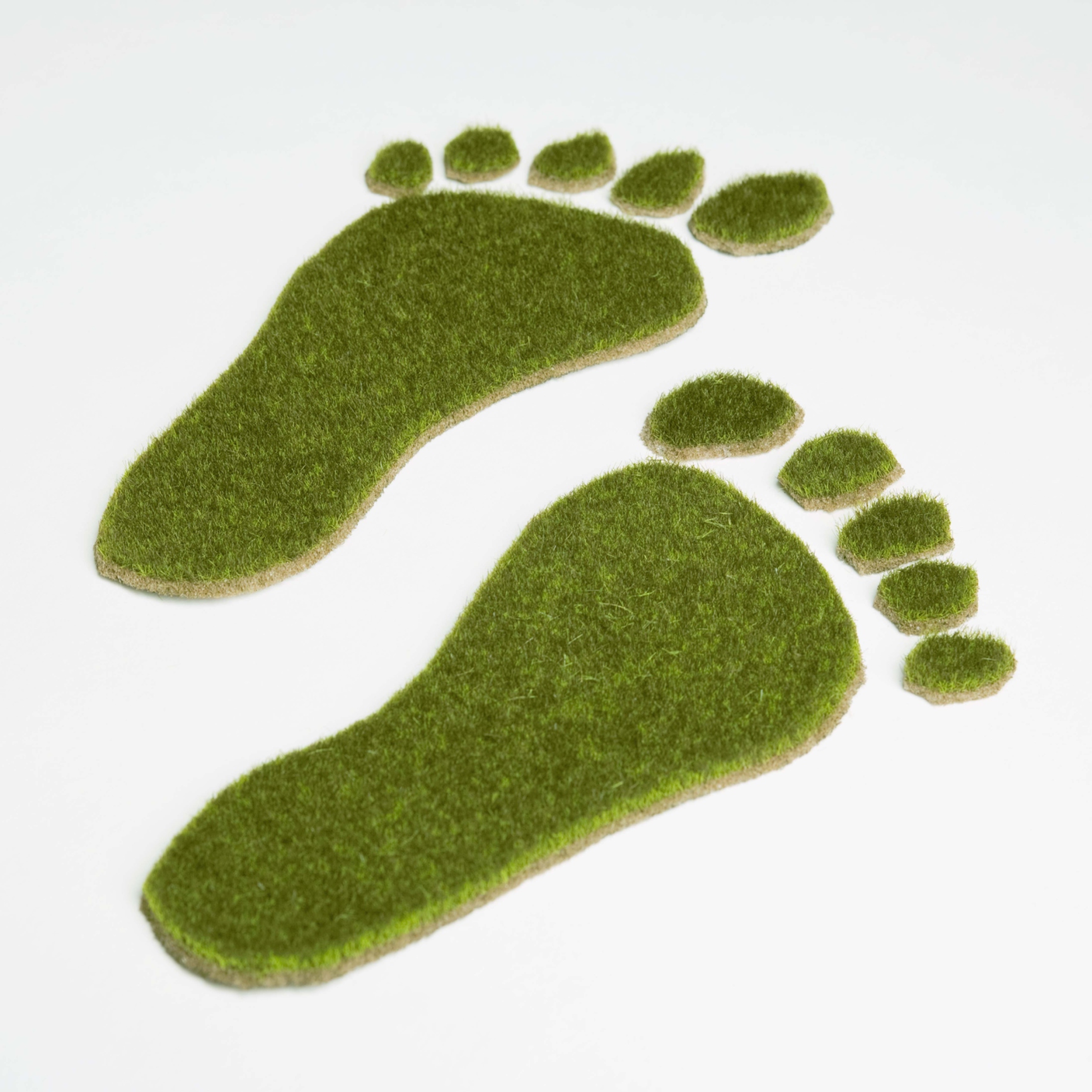Phone 608-217-3487
DEGREE DAYS
LEED
Leadership in Energy and Environmental Design (LEED) is a rating system for the design, construction, operation, and maintenance of green buildings. LEED is transforming the way we think about how buildings and communities are designed, constructed, maintained and operated.
LEED certified buildings are intended to save money and resources while having a positive impact on the health of occupants and promoting renewable and clean energy.
It is a green building certification program that recognizes best-in-class building strategies and practices. To receive LEED certification, building projects satisfy prerequisites and earn points to achieve different levels of certification. Prerequisites and credits differ for each rating system, and teams choose the best fit for their project.
From US Green Building Council:
"Existing buildings hold incredible promise. Many older buildings around the world are energy hogs and water sieves. With some keen attention to building operations, that can be turned around drastically by using LEED for Building Operations and Maintenance (O+M). Consider that it can take up to 80 years to make up for the environmental impacts of demolishing an old building and constructing a new one, even if the resulting building is extremely energy efficient. You may have heard the phrase, "The greenest building is the one already built."
- Existing Buildings. Specifically projects that do not primarily serve K-12 educational, retail, data centers, warehouses and distribution centers, or hospitality uses.
- Retail. Guides existing retail spaces, both showrooms, and storage areas.
- Schools. For existing buildings made up of core and ancillary learning spaces on K-12 school grounds. Can also be used for higher education and non-academic buildings on school campuses.
- Hospitality. Existing hotels, motels, inns, or other businesses within the service industry that provide transitional or short-term lodging with or without food.
- Warehouses and Distribution Centers. Existing buildings used to store goods, manufactured products, merchandise, raw materials, or personal belongings (such as self-storage)."


